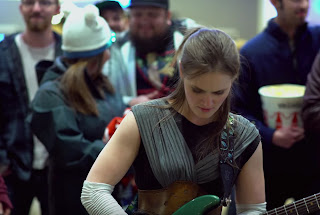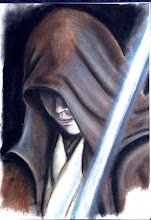 |
| The Last Shredi |
Friday, May 4, 2018
Navajo 1909
The all-native basketball team in the photo below was balling back in
1909, which explains the swastika unis. Scholars agree that the symbol
comes from India, but it is also a part of American Indian culture. For
the Navajo Nation, the swastika represents the legend of the Whirling
Logs. The story is about a journey down a river in a hollowed out tree.
It involves multiple Gods, and a pet turkey with a lot of personality.
The important thing is that the Whirling Logs legend is a part of the Night Chant, a nine day long ceremonial performance considered the most sacred of all Navajo ceremonies. It is a healing ritual that is performed to both cure the sick, and to restore order and balance to the universe.
Sans swastikas, basketball is still fanatically popular amongst American Indians, but the group has long been severely underrepresented in college ball. Why?
Because Division I and II scouts are only allowed to attend high school tournaments that are NCAA certified. Until recently, NCAA certification rules stated that all teams must reside in the same state as a given tournament. This made it impossible for American Indian high schools to participate in any certified tournament, because tribal citizens are technically not state residents.
The NCAA made an exception to this rule in 2007... [ + ]
The important thing is that the Whirling Logs legend is a part of the Night Chant, a nine day long ceremonial performance considered the most sacred of all Navajo ceremonies. It is a healing ritual that is performed to both cure the sick, and to restore order and balance to the universe.
Sans swastikas, basketball is still fanatically popular amongst American Indians, but the group has long been severely underrepresented in college ball. Why?
Because Division I and II scouts are only allowed to attend high school tournaments that are NCAA certified. Until recently, NCAA certification rules stated that all teams must reside in the same state as a given tournament. This made it impossible for American Indian high schools to participate in any certified tournament, because tribal citizens are technically not state residents.
The NCAA made an exception to this rule in 2007... [ + ]
Subscribe to:
Comments (Atom)


